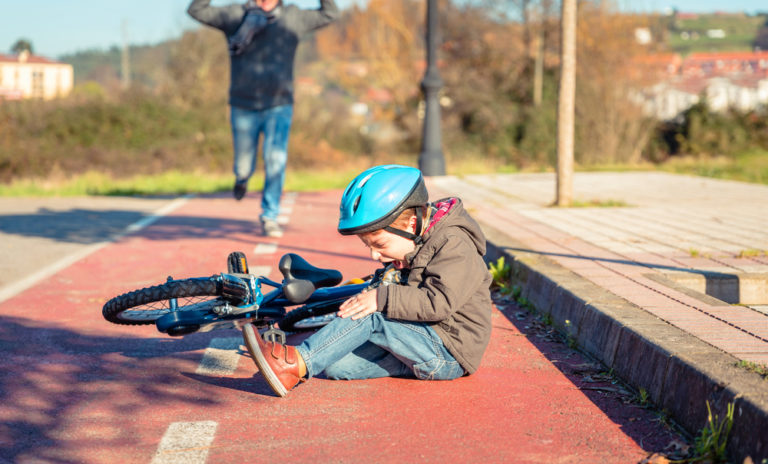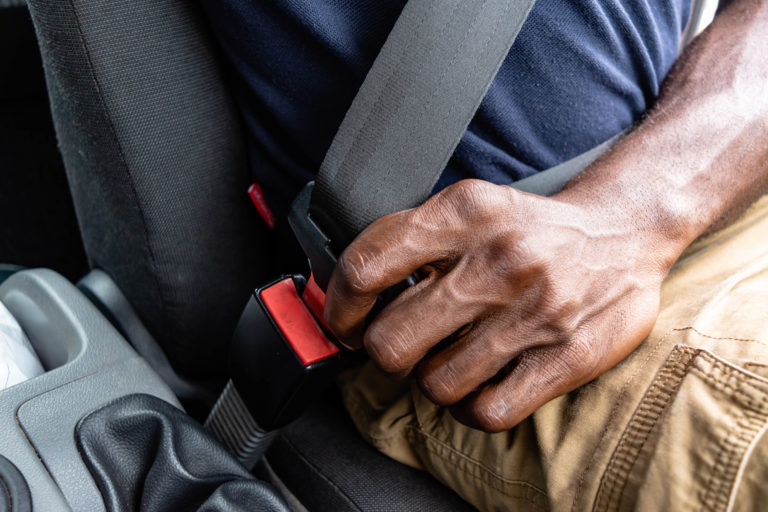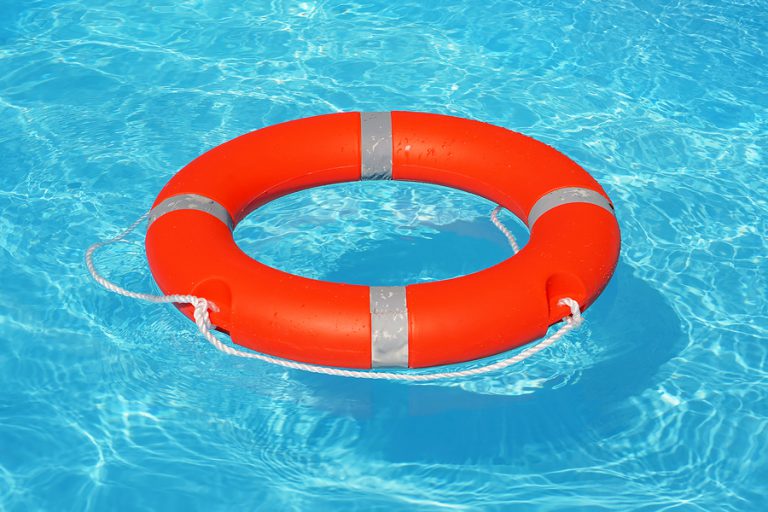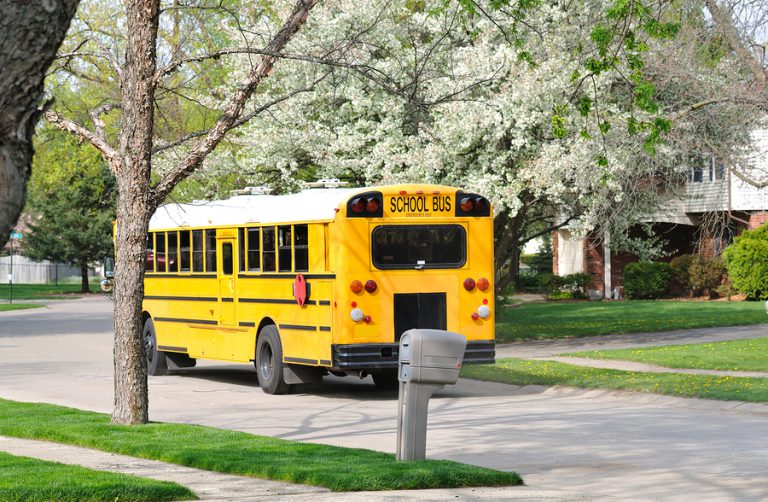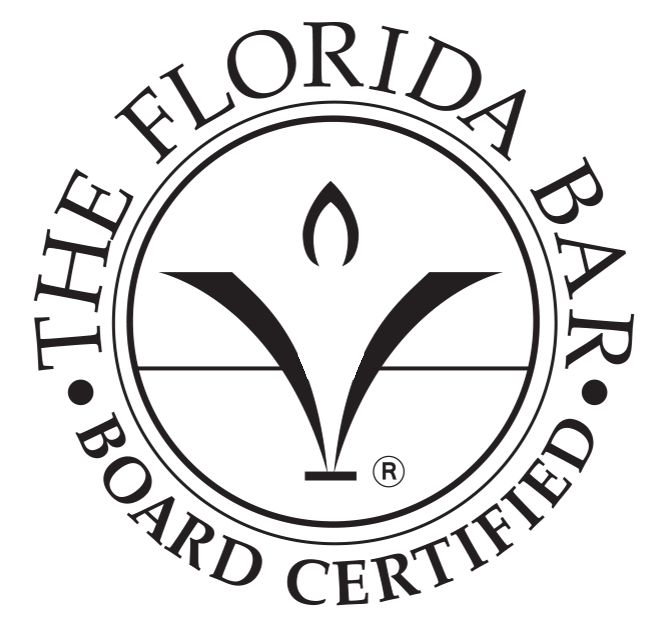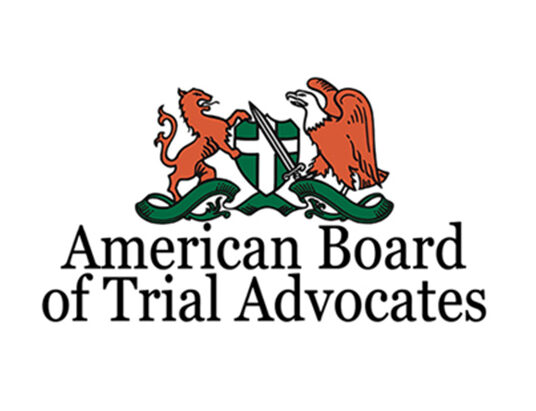Car seat safety is crucial for protecting a child during travel, but knowing how to safely install a car seat and buckle up a child as he or she grows can be difficult. According to the National Highway Traffic Safety Administration.
Here are 10 common mistakes parents often make when it comes to car seat safety — and how to avoid them
1. Getting a used car seat without researching its history. If you’re considering a used car seat for your child, make sure the car seat:
- Comes with instructions and a label showing manufacture date and model number
- Hasn’t been recalled
- Isn’t more than 6 years old
- Has no visible damage or missing parts
- Has never been in a moderate or severe crash
- If you don’t know the car seat’s history, don’t use it.
2. Placing the car seat in the wrong spot. The safest place for your child’s car seat is in the middle of the back seat, away from active air bags. If it’s necessary for a child to travel in a vehicle with only one row of seats, deactivate the front air bags or install a power switch to prevent air bag deployment during a crash.
3. Using the car seat as a replacement crib. Although it’s essential to buckle your child into a car seat during travel, don’t let your child sleep or relax in the car seat outside of the car for long periods. A 2009 study showed that sitting upright in a car seat might compress a newborn’s chest leading to lower levels of oxygen, the development of a flat spot on the back of baby’s head. and worsen gastroesophageal reflux disease (GERD)—a chronic digestive disease.
4. Incorrectly buckling up your child. Before you install the seat, read the manufacturer’s instructions and the section on car seats in the vehicle’s owners’ manual. Make sure the seat is tightly secured—allowing no more than one inch of movement from side to side or front to back when grasped at the bottom near the attachment points—and facing the correct direction.
5. Reclining your child at the incorrect angle. In the rear-facing position, recline the car seat according to the manufacturer’s instructions so that your child’s head doesn’t flop forward. Many seats include angle indicators or adjusters. You can also place a tightly rolled towel under the seat’s front edge to achieve the right angle. To prevent slouching, place tightly rolled baby blankets alongside your newborn.
6. Moving to a forward-facing car seat too soon. Riding rear facing is recommended until a child reaches age 2 or the highest weight — typically at least 35 pounds — or height allowed by the car seat manufacturer. You can start with a convertible seat, which can be used rear facing or forward facing and typically has a higher rear-facing weight and height limit than an infant-only seat, or switch from an infant-only seat to the convertible variety as the baby grows.
7. Dressing your child in bulky outerwear. Harness straps might not provide enough protection over a baby’s bulky outerwear. If it’s cold, dress your baby in a lightweight jacket and hat. Buckle the harness snugly and then tuck a blanket around your baby for warmth. Save the bulky outerwear for outdoors.
8. Moving to a booster seat too soon. Older children need booster seats to help an adult safety belt fit correctly. You can switch from a car seat to a booster seat when your child has topped the highest weight and height allowed by the car seat manufacturer—typically 40 to 80 pounds.
9. Incorrectly using a booster seat. Booster seats must be used with a lap and shoulder belt—never a lap-only belt. Make sure the lap belt lies low and snug across your child’s upper thighs and that the shoulder belt crosses the middle of your child’s chest and shoulder.
10. Using the vehicle seat belt too soon. Most kids can safely use an adult seat belt sometime between ages 8 and 12. Here’s how you’ll know that a child is ready:
- The child reaches a height of 4 feet 9 inches.
- The child sits against the back of the seat with his or her knees bent comfortably at the edge of the seat.
- The lap belt rests flat and snugly across child’s upper thighs, and the shoulder belt rests on the middle of your child’s shoulder and chest — not on the neck or face.
If you have questions about child passenger safety laws or need help installing a car seat, participate in a local car seat clinic or inspection event. You can also check with the National Highway Traffic Safety Administration for help finding a car seat inspection station, or contact Zimmet and Zimmet today at 386-255-6400.

